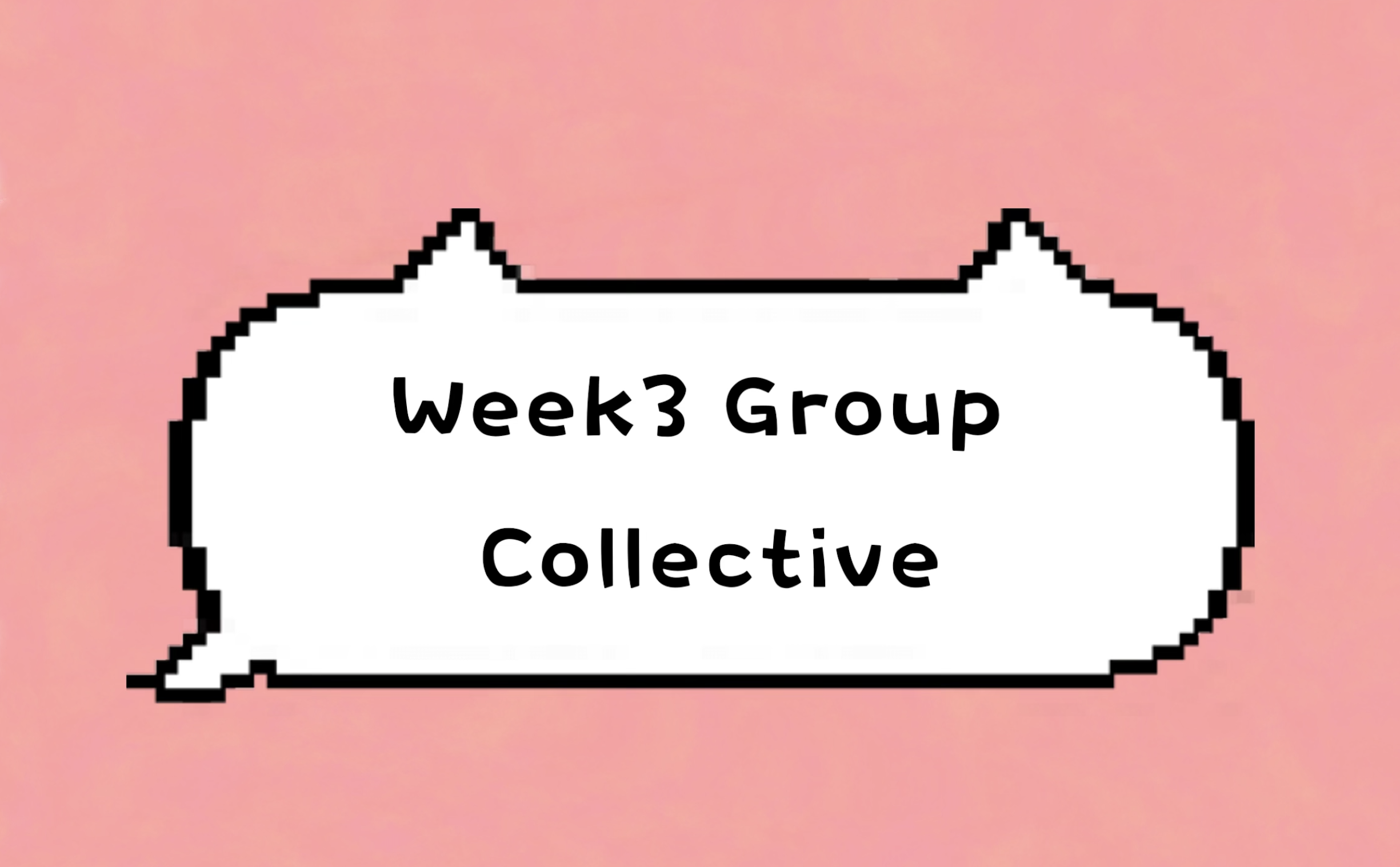In this week’s group discussion, after completing the preliminary concept for our curatorial plans, we were divided into groups of three to introduce our curatorial plans to each other and discuss issues and potential areas for improvement. This was not just an ‘exchange of opinions,’ but a process of mutual learning and collaboration. During this group collaboration, I provided feedback on the curatorial plans of my two classmates. I offered my opinions from several key perspectives:
First, I focused on the focus of the theme.
I tried to judge from the audience’s perspective whether the theme was too broad and whether it could clearly convey the core concept.
Second, I focused on the reasonableness of the exhibition format.
I combined their exhibition media, patial layout, and interactive methods to consider whether these formats truly served the content they wanted to express and whether they could stimulate the audience’s understanding and resonance.
Finally, I also considered the curatorial structure, spatial logic, and interactivity
Paying particular attention to areas that could be further optimised or where there was ambiguity or information overload.
While listening to my teammates’ curatorial ideas, I also re-examined my own plan—which parts were still unclear, and which forms could better support the theme? I realised that a curatorial plan is not a static text, but a dynamic structure that needs to constantly respond to the views of others, the audience’s perspective, and the actual space.
The group discussion helped me start the next phase of my work. Based on my peers’ feedback, I will further sort out the curatorial theme and spatial relationships, clarify the audience path and artwork placement, and ensure that the exhibition format is not only clear and feasible, but also truly relevant to the issues being explored.
This collaboration not only made me realise the diverse value of feedback but also made me start to think about the meaning of curating as a collaborative practice. At the same time, I also rethought my curatorial plan. Through others’ feedback, I realised that certain expressions might still be too abstract for the audience, and the pacing of the exhibition lacked sufficient flexibility. This reflection is not self-denial but rather a “structural thinking” ability (structural thinking) that was stimulated through group collaboration. As Paul O’Neill (2012) emphasised, ’Curatorial education should help students realise that curating is not the sum of isolated tasks but a social practice constituted by relationships and negotiation.’
In the next phase of planning, I will build on this group collaboration to further refine the structural logic of the exhibition, strengthen the interactive pathways between the audience and the works, and enhance the clarity and emotional resonance of the curatorial language. Collaboration not only helped me see others’ plans more clearly but also allowed me to see my own shortcomings with new eyes.
References:
O’Neill, P., 2016. The Culture of Curating and the Curating of Culture (s). MIT Press.



Leave a Reply